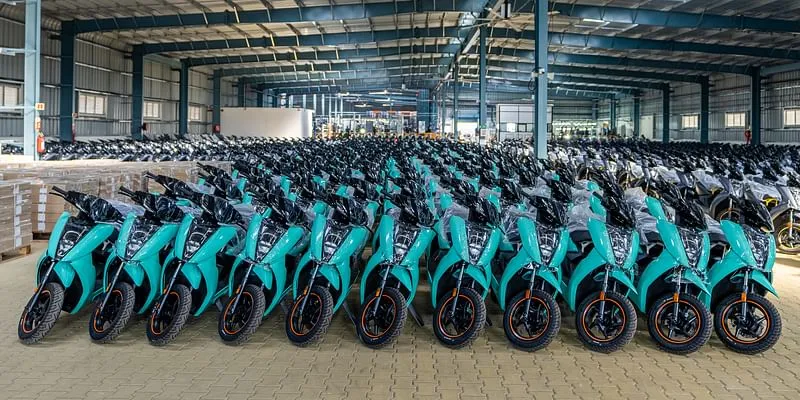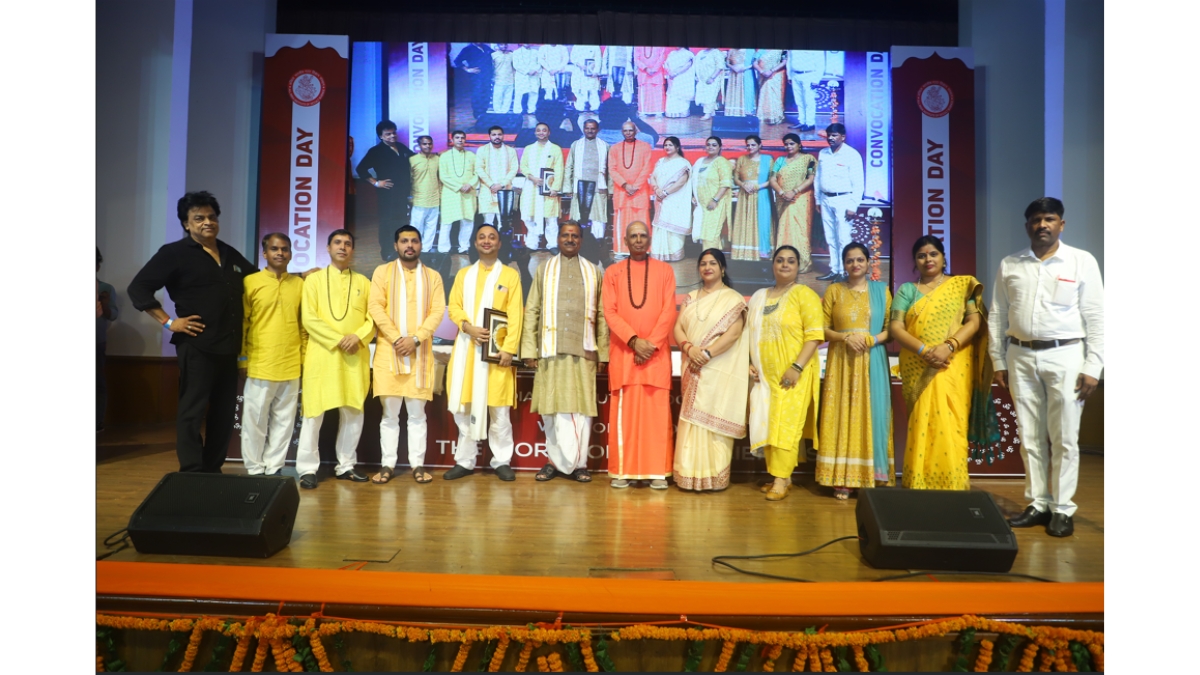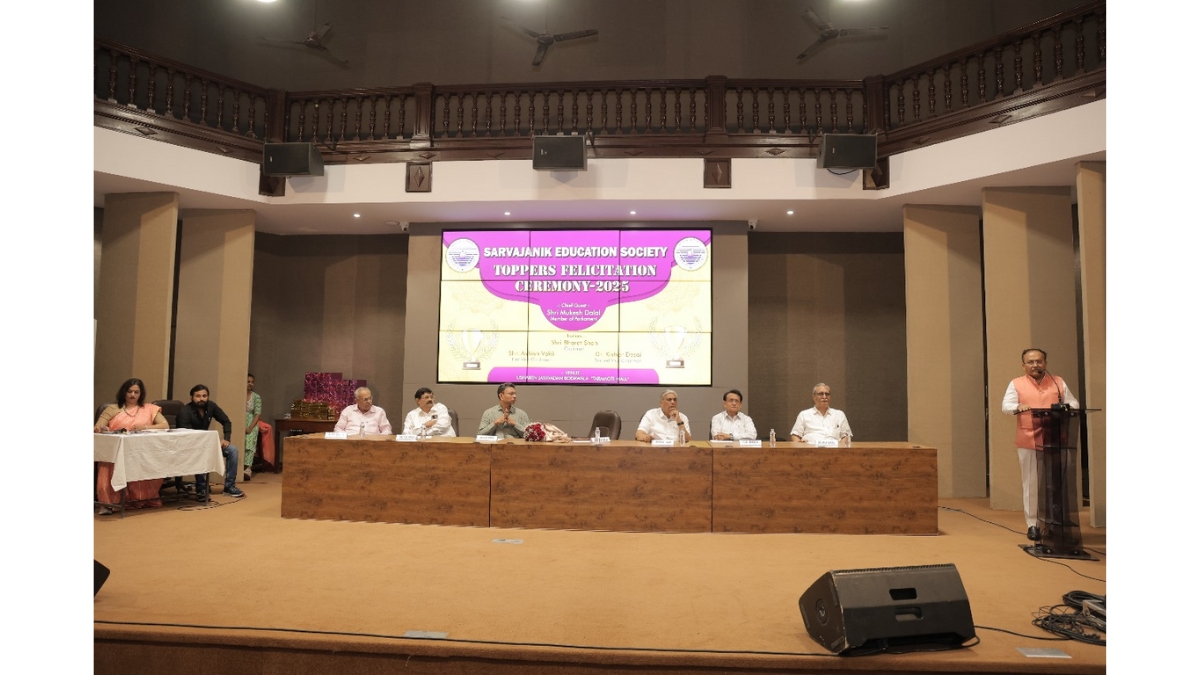India to touch 22M electric two-wheelers sales by 2030

India is expected to reach sales volume of 22 million electric two-wheelers (E2W) by 2030, according to the latest report on the E2W landscape in India by Redseer Strategy Consultants.
Predominantly a two-wheeler market, India’s EV penetration is at 3%, while the report noted that four-wheeler-dominated markets of the US and China have a penetration of 63% and 56%, respectively.
Though the electrification of mobility in India is still at a nascent stage, there is massive headroom for growth, the report notes.
“On the consumer end, features, running costs, and price constitute the top three consideration factors for buying an electric vehicle, followed by environmental concern and performance,” says Aditya Agrawal, Partner at Redseer Strategy Consultants. “Although the purchasing cost of E2W is slightly higher, they win when it comes to running costs compared to their Internal Combustion Engine (ICE) counterparts.”
He further tells YourStory, “As per our research, while the E2W total cost of ownership for a sporadic user is only a little bit lesser, the daily commuter and heavy users save substantially over the life of the vehicle, making E2Ws the right choice for players such as food aggregators and last-mile delivery partners for whom the total cost of ownership can be lower by over 50% compared to an ICE vehicle.”
According to the report, one of the critical drivers of growth is the rise of numerous brands in the E2W space such as Ather, Ola, Hero Electric, Bajaj, TVS, Okinawa, PUREV, and Revolt. With consumers having more options, companies can push for better adoption across price points and improve trust among the masses. This has led to a rise in E2W sales across India, including in Tier III and Tier IV cities.
The report also suggests that the consumers and regulations will—going forward—reward players with technological and manufacturing sophistication, leading to a more consolidated market.
Ola S1 Air
Challenges
Despite strong market tailwinds, the E2W sector has a plethora of challenges for faster adoption: from both the demand and supply sides.
On the challenges, Aditya says, “Although the benefits of switching to E2Ws are clear, there are many challenges to overcome, with ‘range anxiety’ being the most prevalent barrier among consumers. The range offered by most E2Ws on the market is much higher than the average distance travelled, which is about 25km, with 90% of the users travelling less than 50 km/day.”
“However, a long ride is still a challenge in E2W owners’ minds. Underpenetrated charging infrastructure and longer charging times remain the biggest challenges to existing users and the most significant deterrent to those on the fence,” he adds.
As per a survey of 667 respondents conducted by Redseer, the three main challenges ranked by consumers are robust charging infrastructure (35%), longer charging time (18%), and limited top speed (16%).
Among the top reasons for not opting for EVs are poor charging infrastructure, longer charging time, lack of trust, and lack of awareness.
Of those surveyed, 315 respondents said they would prefer buying an EV as their next vehicle, 33% said they will buy one when there are more charging stations, and 28% are waiting for fast chargers.
“A robust charging infrastructure will become essential for long journeys as adoption increases. In addition, customers using E2W for all use cases, in general, would require fast charging stations. Thus, charging infrastructure companies will become fundamental drivers for adoption,” Aditya adds.

Ather factory
How to drive adoption
Market penetration in the coming years looks promising, with three factors driving the favourable growth in E2W, adds the report.
The first is the increasing awareness as well as trust and comfort in buying E2W following government initiatives. Also, efforts by traditional and new-age businesses to increase access to high-quality vehicles at an affordable price also play a role. Finally, the ecosystem is focusing on charging infrastructure to resolve issues of range anxiety, making E2Ws vehicles of choice for inter-city commute
With the above factors playing out, the report expects E2W penetration to grow from 4% in FY2023 to 60%-80% by 2030. Like ICE 2W, E2Ws in Tier-III cities are expected to contribute 50% of total E2W by 2030.
It suggested that the E2W ecosystem must work on ‘adaptability’, ‘awareness’, ‘availability’, and ‘affordability’ to achieve more than 80% electrification by 2030.
Affordability remains the biggest challenge to most consumers. With battery costs constituting 45-50% of the total vehicle cost, advances in battery technology are crucial to encourage E2W ownership.
“We expect that with emerging cell technology and localised cell manufacturing, the cost of EV would come down to more than 20-30%,” noted the report. OEMs (Original Equipment Manufacturers) need to develop innovations that are well-suited for the Indian environment, while the efforts to raise awareness of E2Ws are essential to increase adoption
Further, omnichannel selling with D2C brands and experience centres must collectively guide the customer journey for a new product like EV, it added.
“Government has been the fundamental enabler for early EV adoption with FAME, PLI schemes. The schemes should continue for the next few years until E2W becomes mainstream. We are witnessing signs of reducing E2W sales in states where the government rolled back subsidies,” said the report.

Atul Tiwari is a seasoned journalist at Mumbai Times, specializing in city news, culture, and human-interest stories. With a knack for uncovering compelling narratives, Atul brings Mumbai’s vibrant spirit to life through his writing.





